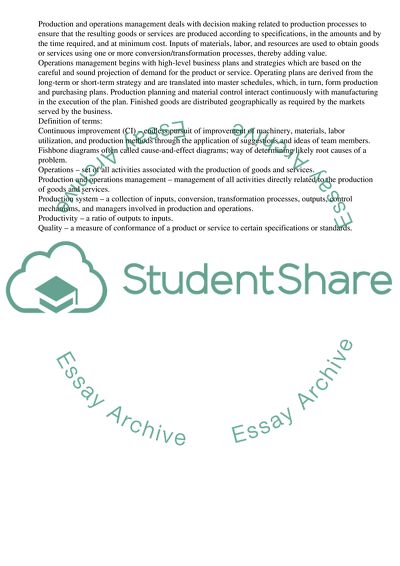Cite this document
(Operations Management - Company Should Be Market-Driven Coursework, n.d.)
Operations Management - Company Should Be Market-Driven Coursework. Retrieved from https://studentshare.org/management/1736587-operations-mangement
Operations Management - Company Should Be Market-Driven Coursework. Retrieved from https://studentshare.org/management/1736587-operations-mangement
(Operations Management - Company Should Be Market-Driven Coursework)
Operations Management - Company Should Be Market-Driven Coursework. https://studentshare.org/management/1736587-operations-mangement.
Operations Management - Company Should Be Market-Driven Coursework. https://studentshare.org/management/1736587-operations-mangement.
“Operations Management - Company Should Be Market-Driven Coursework”, n.d. https://studentshare.org/management/1736587-operations-mangement.


